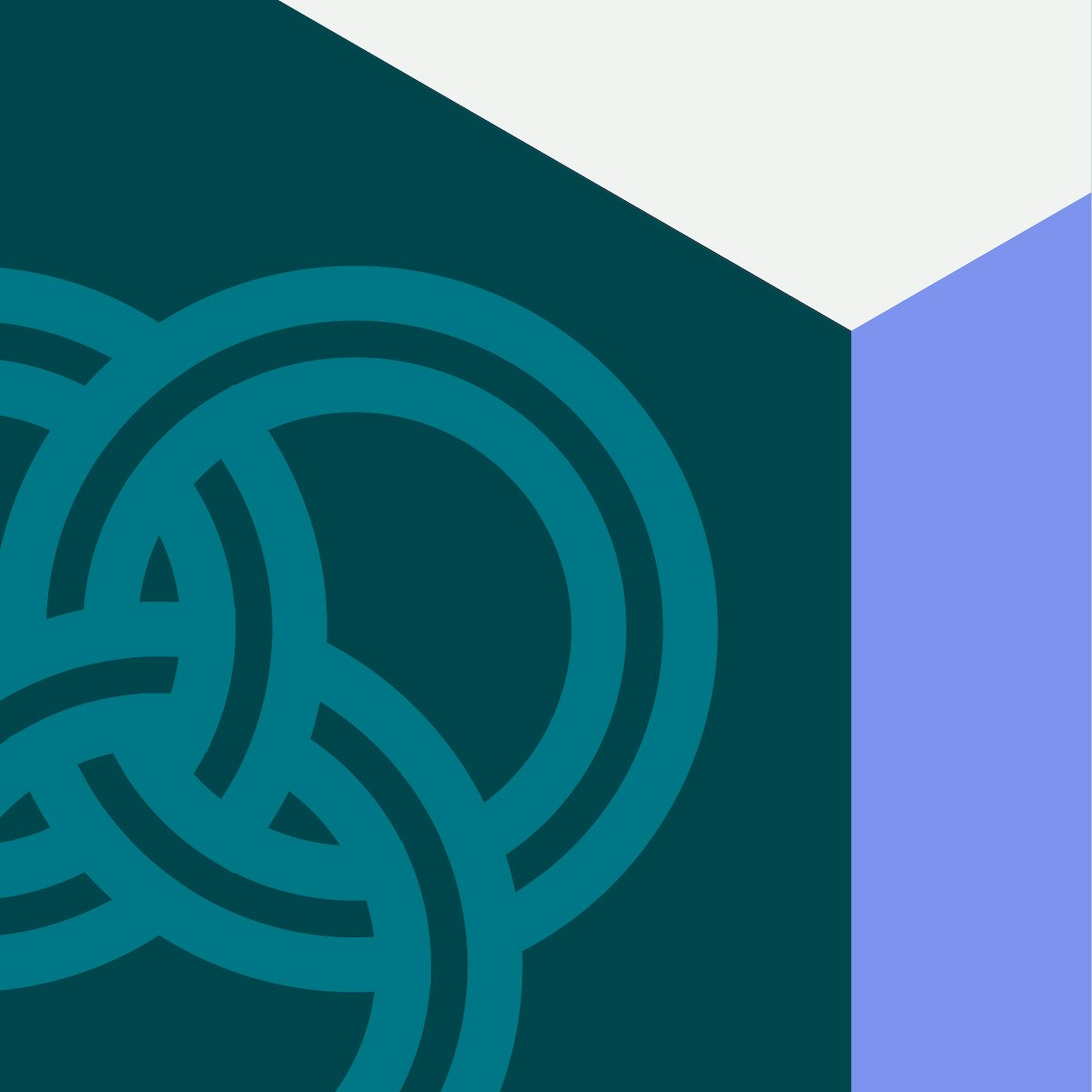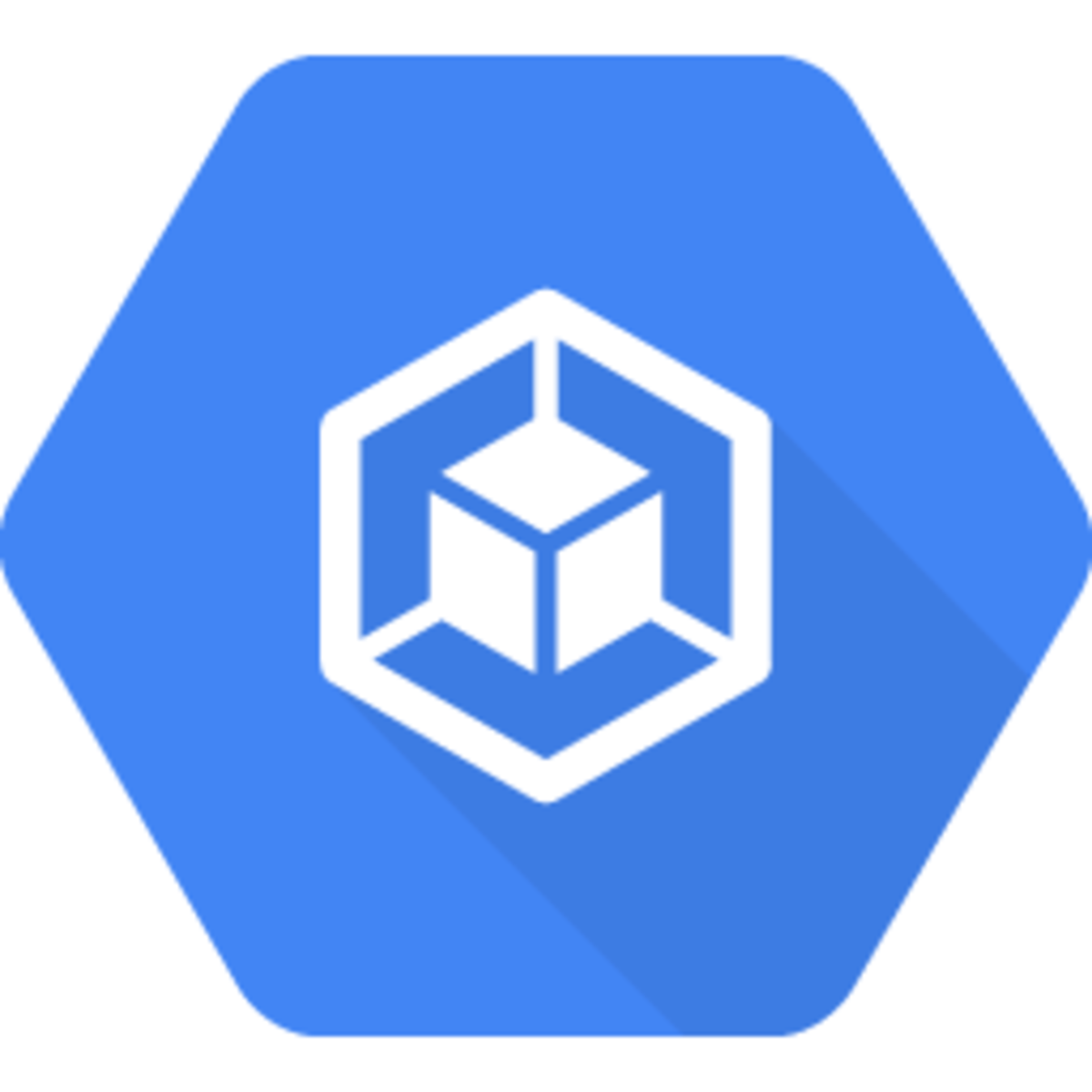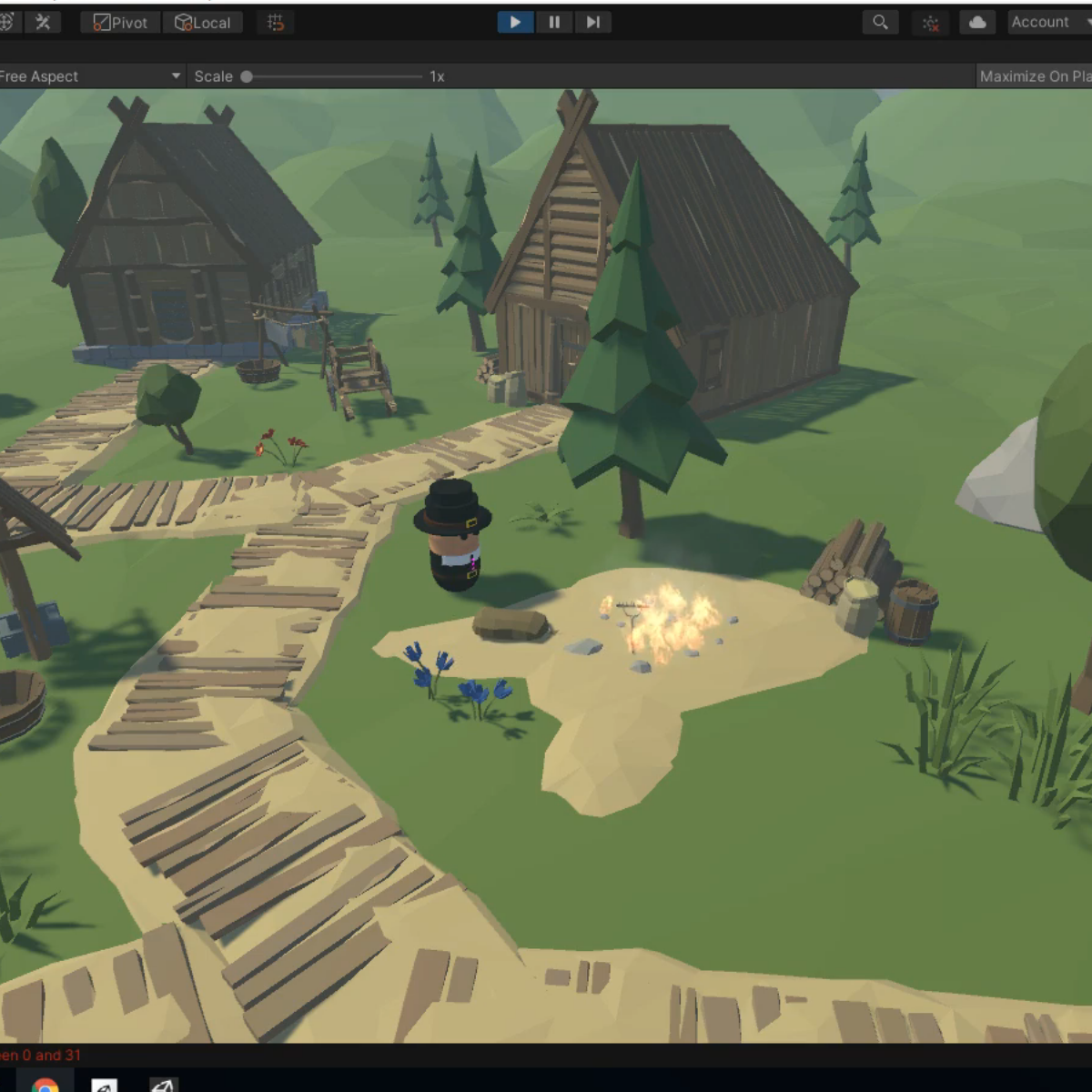Back to Courses









Software Development Courses - Page 37
Showing results 361-370 of 1266

DevOps on AWS: Release and Deploy
AWS provides a set of flexible services designed to enable companies to more rapidly and reliably build and deliver products using AWS and DevOps practices. These services simplify provisioning and managing infrastructure, deploying application code, automating software release processes, and monitoring your application and infrastructure performance.
The third course in the series explains how to improve the deployment process with DevOps methodology, and also some tools that might make deployments easier, such as Infrastructure as Code, or IaC, and AWS CodeDeploy.
The course begins with reviewing topics covered in the first course of the DevOps on AWS series. You will learn about the differences between continuous integration, continuous delivery, and continuous deployment. In Exercises 1 and 2, you will set up AWS CodeDeploy and make revisions that will then be deployed. If you use AWS Lambda, you will explore ways to address additional considerations when you deploy updates to your Lambda functions.
Next, you will explore how infrastructure as code (IaC) helps organizations achieve automation, and which AWS solutions provide a DevOps-focused way of creating and maintaining infrastructure. In Exercise 3, you will be provided with an AWS CloudFormation template that will set up backend services, such as AWS CodePipeline, AWS CodeCommit, AWS CodeDeploy, and AWS CodeBuild. You will then upload new revisions to the pipeline.

C++ For C Programmers, Part A
This course is for experienced C programmers who want to program in C++. The examples and exercises require a basic understanding of algorithms and object-oriented software.

Architecting with Google Kubernetes Engine: Production
In this course, "Architecting with Google Kubernetes Engine: Production," you'll learn about Kubernetes and Google Kubernetes Engine (GKE) security; logging and monitoring; and using Google Cloud managed storage and database services from within GKE.
This is the final course of the Architecting with Google Kubernetes Engine series. After completing this course, enroll in the Reliable Google Cloud Infrastructure: Design and Process course or the Hybrid Cloud Infrastructure Foundations with Anthos course.

Java Built in Data Structures
In this project you will read weather data from a file and populate a Java ArrayList with the file data. The data is then uniquified in a Set data structure and stored in a HashMap for accessing data by year.
Java's collections framework contains data structures that are built for efficiency. They are used to store and retrieve data in various formats. A list such as an ArrayList can be used in place of an array to contain data where the size cannot be determined ahead of time. A LinkeList is like an ArrayList, except elements can be more quickly added and deleted from it, since no shifting needs to occur. A Hashmap is used to quickly look up a value based on a key rather than a numerical index, for example, to look up a phone number based on a key containing a person's name. A Set may be used to remove duplicates from a list, simply by assigning the data to it.
Note: This course works best for learners who are based in the North America region. We’re currently working on providing the same experience in other regions.

Architecting with Google Kubernetes Engine: Foundations
In this course, "Architecting with Google Kubernetes Engine: Foundations," you get a review of the layout and principles of Google Cloud, followed by an introduction to creating and managing software containers and an introduction to the architecture of Kubernetes.

Introduction to Automated Analysis
This course introduces state-of-the-art techniques for automated analysis. Automated analysis encompasses both approaches to automatically generate a very large number of tests to check whether programs meet requirements, and also means by which it is possible to *prove* that software meets requirements and that it is free from certain commonly-occurring defects, such as divide-by-zero, overflow/underflow, deadlock, race-condition freedom, buffer/array overflow, uncaught exceptions, and several other commonly-occurring bugs that can lead to program failures or security problems. The learner will become familiar with the fundamental theory and applications of such approaches, and apply a variety of automated analysis techniques on example programs.
After completing this course, a learner will be able to:
- Understand the foundations of automated verification: randomization and symbolic representations
- Distinguish the strengths and weaknesses of random testing, symbolic analysis, static analysis, and model checking
- Use a variety of state-of-the-art static analysis and automated testing tools for automated verification
- Create executable requirements as an oracle suitable for automated testing and symbolic analysis
- Understand how the choice of oracle affects fault-finding for automated analysis strategies.
- Use automated testing to achieve full mutation coverage
- Create a test plan that utilizes both manually-written tests and automated tests towards maximizing rigor, minimizing effort and time, and minimizing test costs.
This course is intended for learners interested in understanding the principles of automation and the application of tools
for analysis and testing of software This knowledge would benefit several typical roles: Software Engineer, Software Engineer in Test, Test Automation Engineer, DevOps Engineer, Software Developer, Programmer, Computer Enthusiast. We expect that you have some familiarity with the Software development Life-Cycle, an understanding of the fundamentals of software testing, similar to what is covered in the Introduction to Software Testing and Black-box and White-Box Testing Courses.
Familiarity with an object-oriented language such as Java or ability to pick-up Java syntax quickly to write and modify code, and willingness to use tools and IDEs are assumed.

Python Data Structures
Data structures play a crucial role in application development. The proper selection of data structures is important for efficient algorithm development. The availability of a list, for example, greatly simplifies sorting a collection of data items. It would be difficult to do this without that data structure, as you will see. This is why Programming languages like Python have certain fundamental data structures built into the language.
In this course, you will create a Python application that reads from a file containing words and their definitions. You will use Python’s built-in data structures to make a multiple choice quiz based on words and their definitions.
Note: This course works best for learners who are based in the North America region. We’re currently working on providing the same experience in other regions.

SOLID Programming: Single Responsibility Principle in Unity
Programming of any kind, including in game-development, can get complicated as the size and scope of a project increase. Investigating bugs and expanding the code with new functionality can be almost impossible if the code-structure is not well-thought-out.
In this one-hour, project-based course, we will cover the first principle of "SOLID" programming: Single Responsibility Principle ("SRP") states that a class should only be responsible for a single task. It sounds simple, but for many programmers, it's can be bit of a paradigm-shift. In the project, we will create some "typical" code that is fairly common in game-development, and then break it up to become compliant with SRP.
This project is part one of a five-part series on SOLID Programming principles, which are:
- Single Responsibility (this guided project)
- Open-Closed
- Liskov's Substitution
- Interface Segregation
- Dependency Inversion
Each of these guided projects stands on its own, but for a full understanding of good coding practices, completing all five guided projects is recommended.

Application Programming Fundamentals
In Object-Oriented Concepts, we will introduce the core concepts behind modern, object-oriented, programming. We will discuss objects, classes, messaging, inheritance, polymorphism, and more. As with Fundamentals of Programming, we will illustrate the concepts using the Python language, but they will be portable to other object-oriented programming languages.
This course includes hands-on labs where you will learn to write and execute programs.

Java Basic Structures: Arrays, Strings, and Files
Code and run your first Java program in minutes without installing anything!
This course is designed for learners with limited coding experience, providing a solid foundation of not just Java, but core Computer Science topics that can be transferred to other languages. The modules in this course cover arrays, strings, and files. Completion of Java Basics: Selection and Iteration before taking this course is recommended.
To allow for a truly hands-on, self-paced learning experience, this course is video-free. Assignments contain short explanations with images and runnable code examples with suggested edits to explore code examples further, building a deeper understanding by doing. You'll benefit from instant feedback from a variety of assessment items along the way, gently progressing from quick understanding checks (multiple choice, fill in the blank, and un-scrambling code blocks) to small, approachable coding exercises that take minutes instead of hours.
